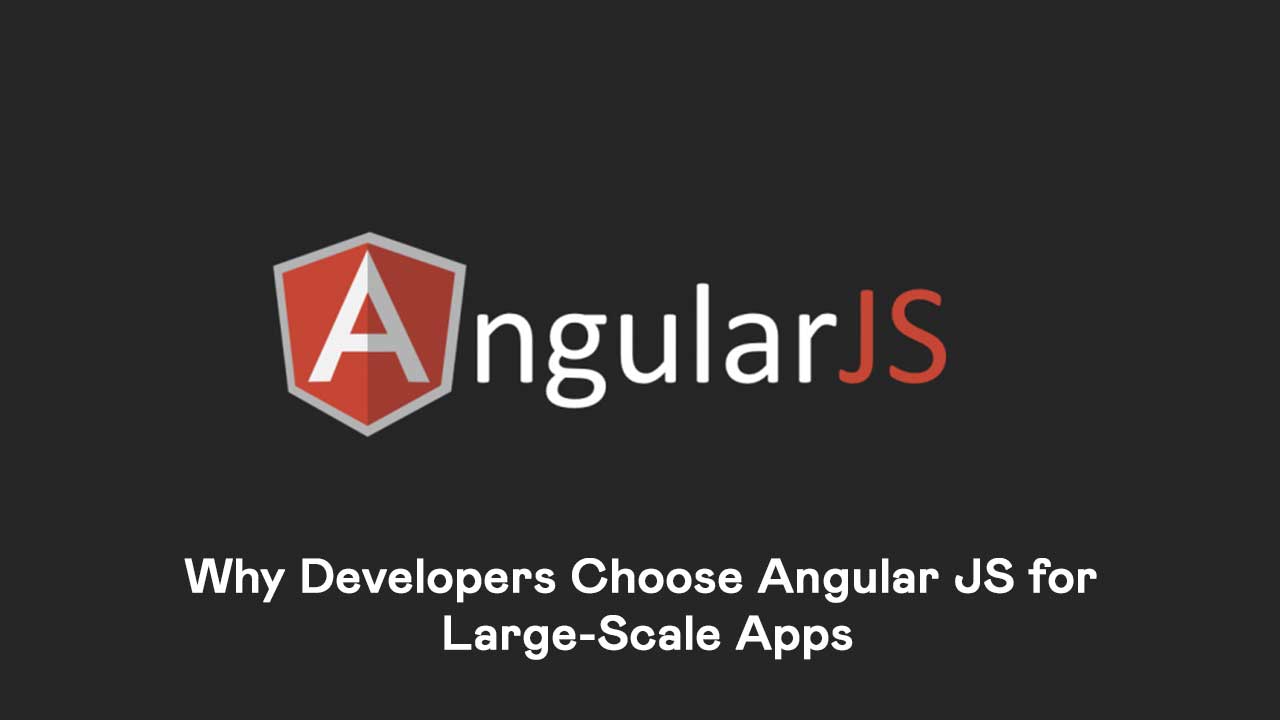Frontend UI/UX Development: Crafting Modern, Interactive UIs with Laravel and Vue.js
In today’s competitive digital landscape, providing a seamless and engaging user experience (UX) is vital for the success of any web application. Frontend development has evolved to focus on crafting intuitive user interfaces (UIs) that are both visually appealing and functional. By leveraging frameworks like Laravel and Vue.js, developers can create dynamic, responsive, and interactive UIs that enhance the overall user experience across devices.
Introduction to Frontend UI/UX Development
The frontend is the face of your web application—the first thing users interact with. A well-designed frontend that prioritizes user experience can significantly impact user engagement and conversion rates. With the right tools and techniques, frontend developers can craft UIs that not only look great but also provide a smooth and intuitive experience for users.
The Power of Laravel and Vue.js for Frontend Development
Laravel: While primarily known as a backend framework, Laravel provides a robust ecosystem that pairs seamlessly with frontend frameworks. It includes built-in tools like Blade templates, which simplify the process of rendering views, and offers tight integration with Vue.js for building reactive applications.
Vue.js: Vue.js is a versatile JavaScript framework designed specifically for creating user interfaces. It is lightweight, easy to integrate, and offers a component-based architecture that allows for building modular and reusable UI components. Vue.js excels at handling dynamic frontends, making it ideal for modern web applications.
When combined, Laravel and Vue.js create a powerful duo that allows developers to build feature-rich, interactive, and responsive frontends that work seamlessly across devices.
Key Aspects of UI/UX Development with Laravel and Vue.js
1. Responsive Design Across Devices
One of the most important aspects of frontend development is ensuring that the UI works flawlessly across different devices—whether it’s a desktop, tablet, or smartphone. Our expert developers utilize Vue.js to create flexible layouts and Laravel’s powerful backend to handle device-specific optimizations, ensuring a consistent user experience.
2. Smooth Interactivity and Transitions
Interactivity is key to modern user interfaces. Users expect real-time feedback, animations, and smooth transitions. Vue.js offers built-in reactivity systems that enable developers to create dynamic, interactive UIs. Combined with Laravel’s robust backend, this results in a seamless, immersive experience for users.
3. Component-Based Development
Vue.js allows for the creation of reusable, self-contained components that simplify the frontend development process. These components can be shared across different pages and features, making the UI modular, easier to maintain, and scalable for future updates.
4. User-Centered Design
Our approach to frontend development prioritizes the user. We begin by understanding the target audience and their needs, creating designs that are intuitive, easy to navigate, and provide a pleasant experience. From wireframes to the final product, the focus remains on delivering a UI that enhances the user’s interaction with the application.
5. Performance Optimization
Optimized performance is a cornerstone of good UX. Pages that load slowly and unresponsive features can irritate users and cause them to leave the site quickly, increasing bounce rates. By using Vue.js for frontend performance optimization and Laravel’s tools for backend efficiency, we ensure that your application is not only beautiful but also fast and responsive.
Why Choose Laravel and Vue.js for UI/UX Development?
Seamless Integration: Laravel’s backend functionalities and Vue.js’s frontend interactivity work together flawlessly, enabling the creation of highly responsive UIs with powerful business logic.
Scalability: Component-based architecture allows for scalability, making it easier to update and expand the UI as your business grows.
Flexibility: Whether it’s building single-page applications (SPAs) or dynamic, multi-page websites, Laravel and Vue.js provide the flexibility to meet various project requirements.
Conclusion
A smooth and engaging user interface is crucial to the success of any web application. By leveraging the combined strengths of Laravel and Vue.js, our developers craft UIs that offer a seamless user experience across devices. With a focus on responsive design, interactivity, and user-centered development, we create modern frontends that leave a lasting impression on users.
FAQs
1. What makes Vue.js ideal for frontend development?
Vue.js is a lightweight and flexible JavaScript framework that provides a component-based architecture, making it easy to build and maintain complex user interfaces. Its reactivity system ensures smooth interactions, making it ideal for dynamic applications.
2. How does Laravel complement Vue.js in frontend development?
Laravel provides a powerful backend framework that integrates seamlessly with Vue.js. It simplifies the process of handling data, business logic, and backend services, allowing Vue.js to focus on creating dynamic and interactive UIs.
3. Why is responsive design important in frontend development?
Responsive design ensures that your application works well across all devices, from desktops to smartphones. This is essential for providing a consistent user experience and reaching a wider audience. As more users are accessing the web through mobile devices.
4. How do Laravel and Vue.js help with performance optimization?
Laravel offers various tools for backend optimization. Such as caching and database management, while Vue.js’s efficient rendering system. Ensures that the frontend remains responsive and fast. Together, they create a high-performance web application.
5. Can Laravel and Vue.js be used for single-page applications (SPAs)?
Yes, Laravel and Vue.js are an excellent combination for building SPAs. Vue.js handles the frontend interactivity, while Laravel manages the backend, ensuring a smooth and dynamic user experience without full-page reloads.









